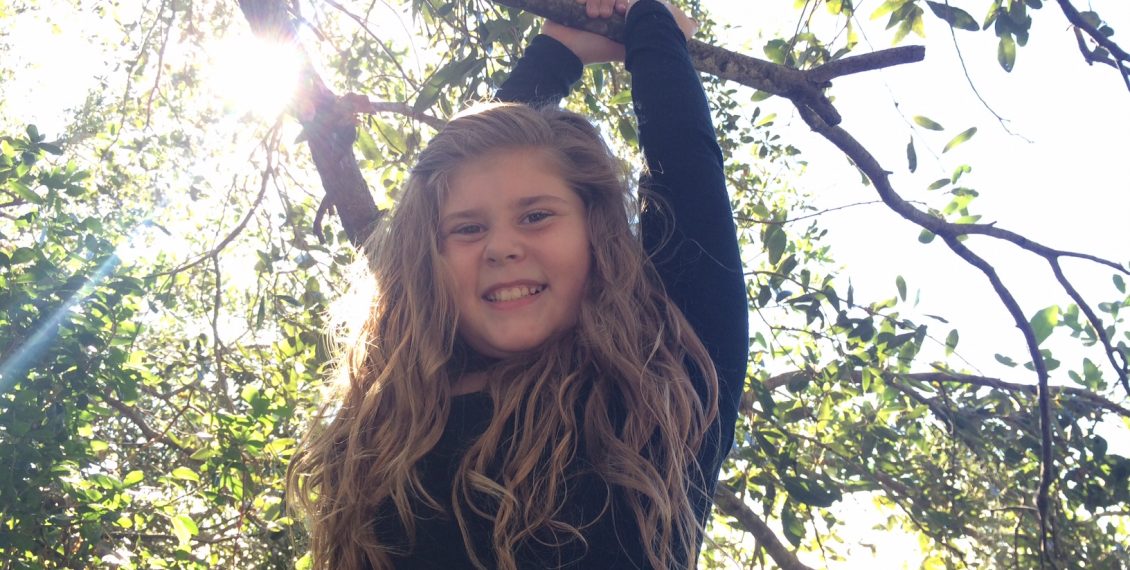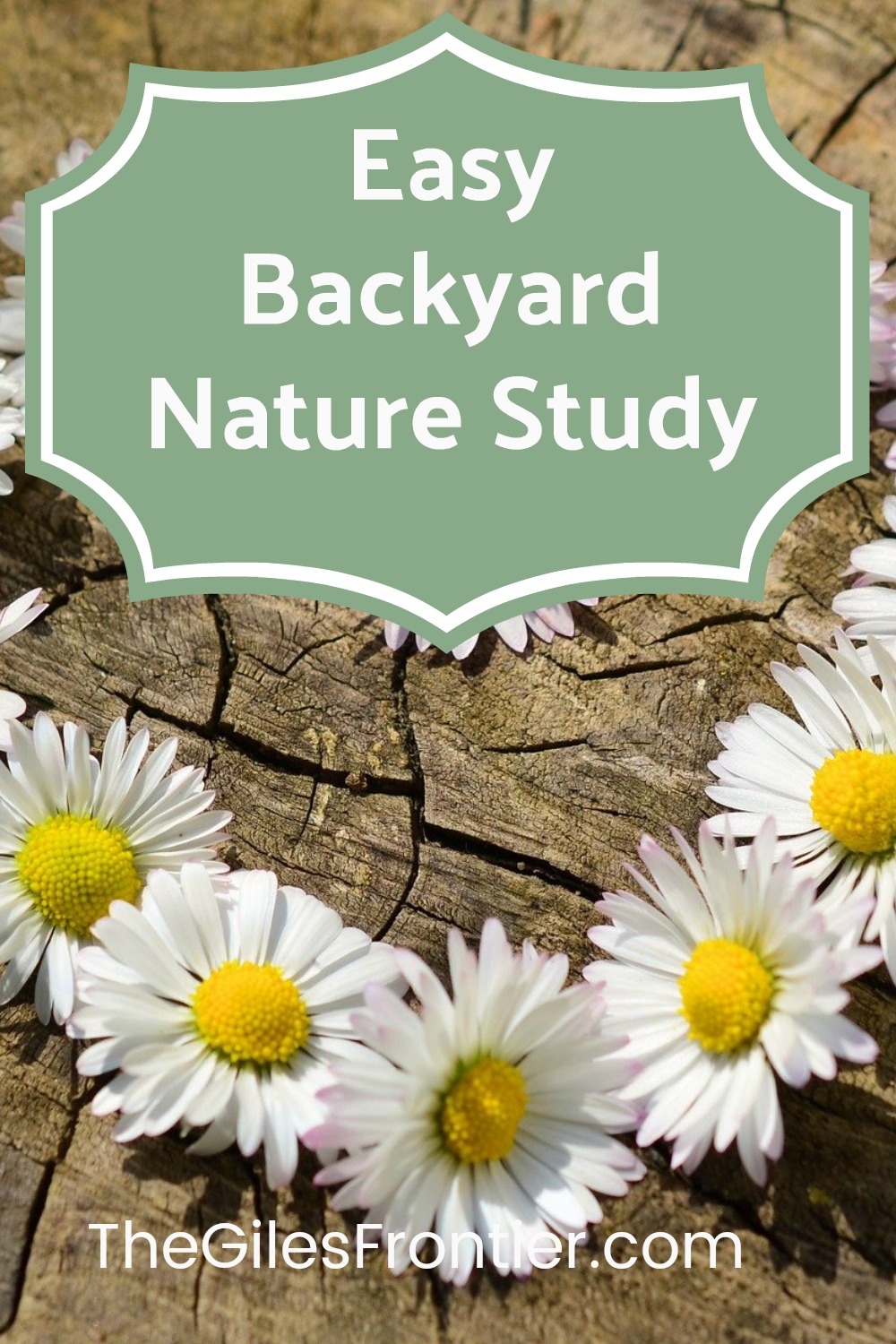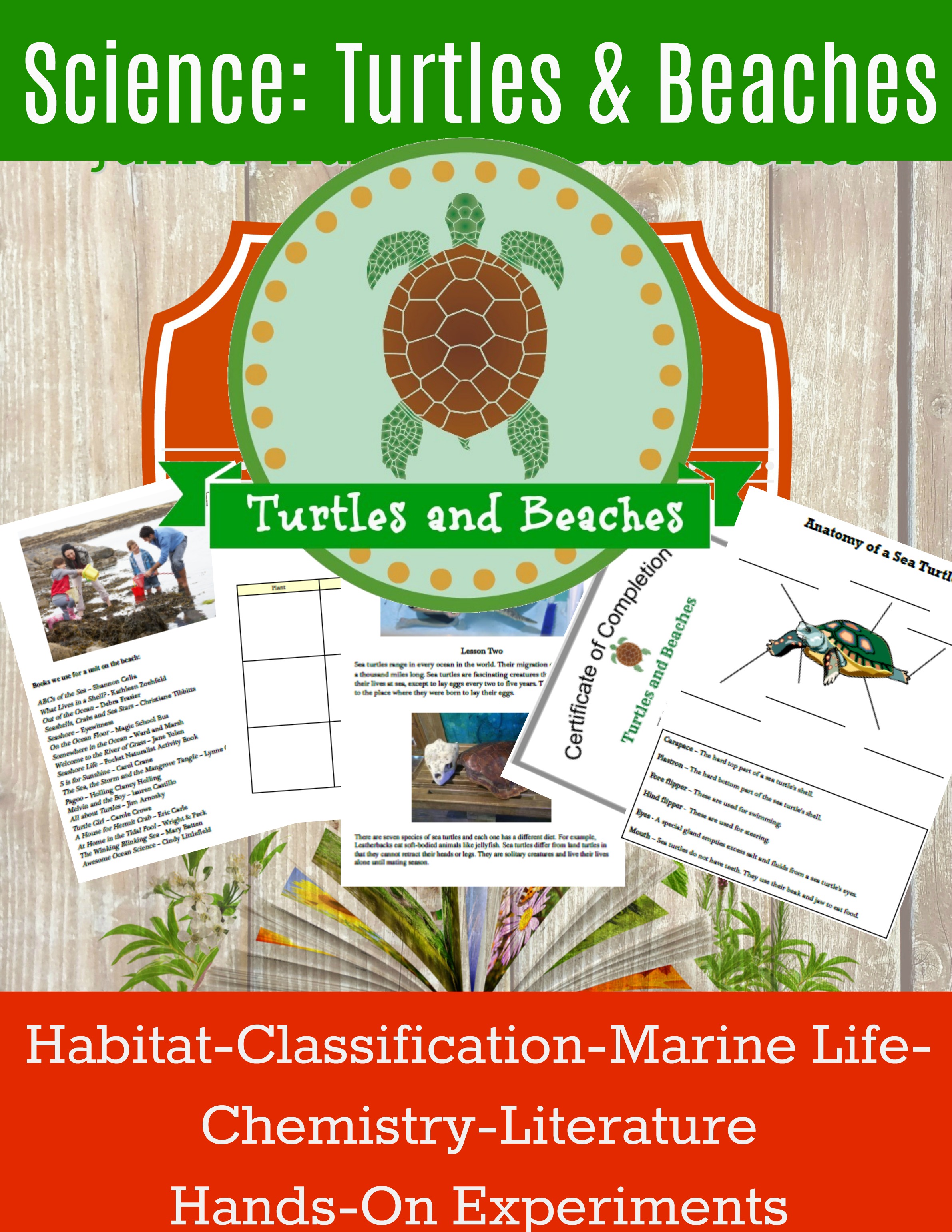
As an Amazon Associate, I may earn commissions from qualifying purchases from Amazon.com
Outdoor Learning Spaces
Nature on its own is a powerful tool for outdoor learning spaces. Nature is a classroom. Extended periods of outdoor time increase attention, yes, INCREASES attention in children. It aids in behavior, activates creative development and all senses are activated in nature.
- What do you see?
- What do you smell?
- How do different things feel outdoors?
- Use taste to parental discretion.
Each new visit, even in your own backyard can nurture curiosity, build comfort in the outdoors and open the mind to new ideas.
I remember when Grayson, my oldest was young. He loved to smell everything. It didn’t matter if it was stuck on his shoe or the last apple in the perfectly piled up pile at the grocery store. Grayson had to smell it. Then, he would touch it. I don’t know how many times I told him to stop running his hand down wooden railings for fear he would get a splinter.
Smell and touch was Grayson’s way of taking in the world around him. It helped him to know what things were, how they felt and the smell matched the item. I got over being embarrassed as time went on and just let him go.
Teach-Learn-Love
If heading out into the great outdoors is a new concept for you or your children, start small. Head to a nearby park that has facilities such as a playground, trail, and bathrooms. Start with the playground to get everyone moving and comfortable in the space. Then do a specific activity. Look for birds, play a game or do a scavenger hunt.
Next, have a snack together and talk about what you saw and did. Finally, pack it up and go home. Build your outdoor experience over time if it is not a part of your family’s lifestyle. There is nothing that will kill a nature adventure like a screaming toddler. If you push them past their limit, they have a reactive response to going beyond their comfort level. Take it slow. Build up to long walks, don’t start out on a marathon.
Dirt is Good
Using nature as a classroom may take time. As children get more comfortable with being outdoors, allow them to go all in. A mud kitchen can be your child’s favorite backyard spot with a few old kitchen gadgets, a bowl, and the garden hose. Getting dirty and playing in the grass or on a trail has powerful benefits that outweigh the cleanup. Muscles are built by running, climbing and even rolling outdoors. My boys can’t pass up a hill without rolling down for good measure.
Upper body strength is on a downward spiral due to indoor activities in our modern society. Use the space at a park to exercise and disperse the energy children build up during the day. Bear walks, crab crawls and tree climbing will work on upper body strength and release needed energy.

Have you read my latest book on motherhood? Get a FREE sample.
Take a walk around your neighborhood or local city park. It will provide a wonderful experiential opportunity for the whole family. Parks are more than swing sets, picnic tables, and a swimming spot. Many are historical locations, geological phenomena or industrial landmarks. We have found some hidden gems right in our own neighborhood when we took the time to look.
An outdoor learning space is about branching out beyond your backyard and begin making a list in your journal of local spots within the area you live that can become a source for learning across multiple ages. Regular walks or simple hikes in your area will bring curiosity to life.
Benefits of Outdoor Spaces
- Walking in outdoor learning spaces improves distance vision and reduces the chances of becoming nearsighted. Looking up in trees, then looking close range helps strengthen your eyes. Nature truly can build your body in many ways.
- Being at your local park can reduce stress for everyone. If school lessons have caused tension or mom has had a stressful morning, going for a walk in a park can calm stress levels and bring a sense of peace.
- The outdoors reduces the symptoms of ADHD and other disorders. This has been proven in my personal experience as well as documented studies.
- Nature just makes you feel good.
Make it Fun
- Plan an age-appropriate length of time for a walk. Short walks can benefit everyone. Everyone can feel great from a few short walks, it helps them to look forward to the next time. If walks are too long and children get tired and hungry they will be less excited about going again.
- Early morning adventures or late day exploration tend to be better. Wildlife activity happens during those times. A fresh start to the day or a great ending.
- Bring a friend for you and your children! Meet up with a friend to make the walk more enjoyable.
- Take a picnic or snack to enjoy under a tree.
What To Bring
- Where you go depends on what you bring. A good shortlist would be water, snacks, sunscreen and bug spray.
- Keep a small box in the car with those items so they are always ready to go.
- If children will be exploring out of your sight, a whistle is a good idea. Make whistle necklaces from cording to keep on hand.
- Start a nature tote for your family. Put items in you would use on nature walks. Keep it at the door or in your car. Watch our step-by-step video on the nature tote.
- Check out our lesson on Basic First Aid before heading on a long walk or hike. Be prepared.
Let’s Get Started
- Print out “Using Nature as a Classroom” worksheet to help you start your list of parks and connecting them with learning opportunities.

You might enjoy or ready-made units. With fully prepared, easily customizable lessons on more topics than your children could cover in a whole year. Here is one of the topics.


